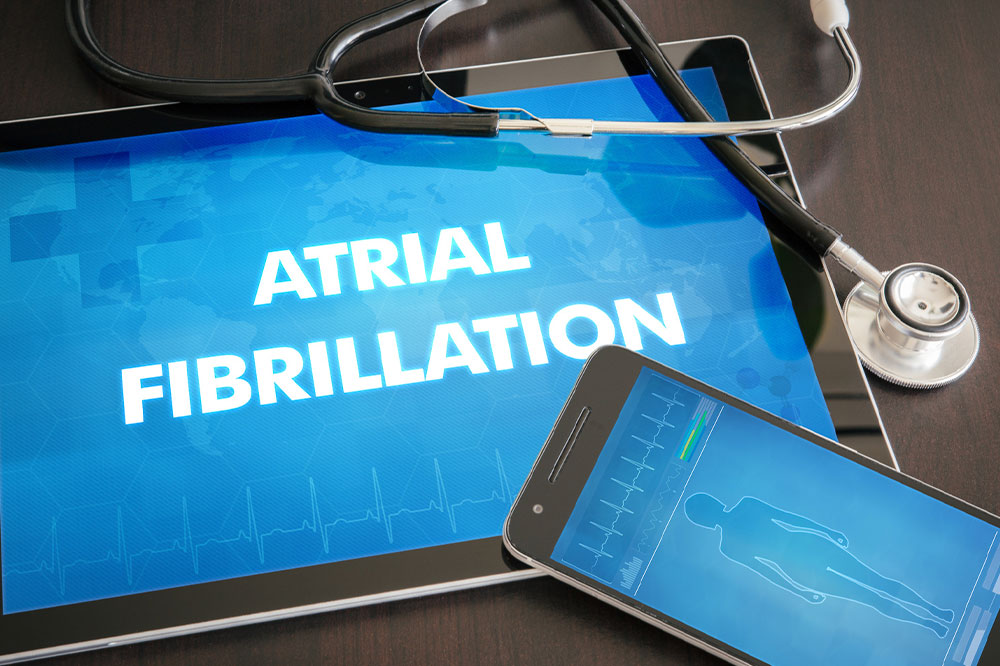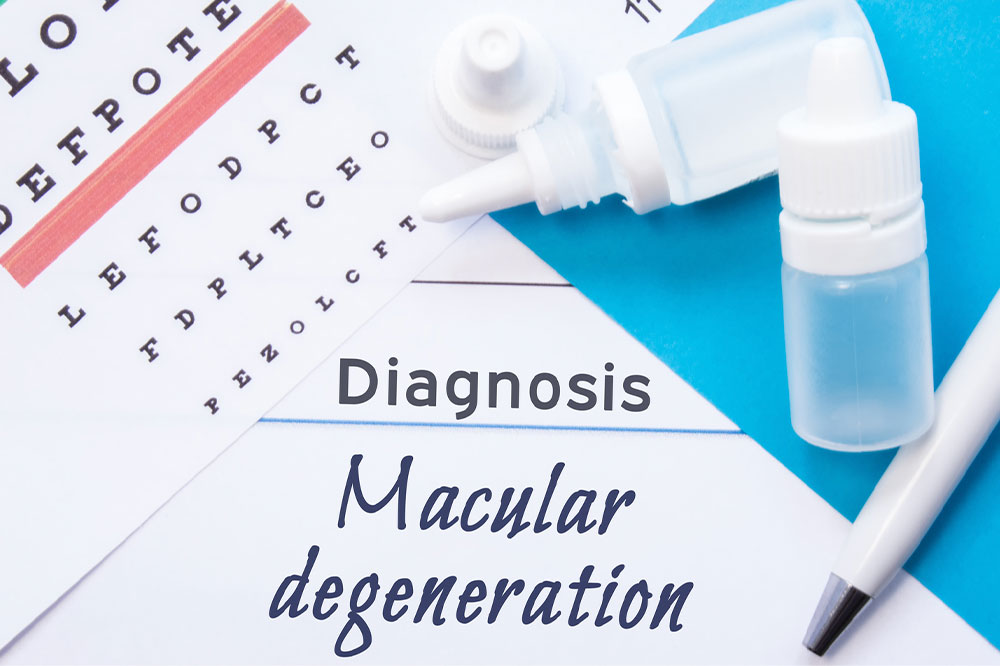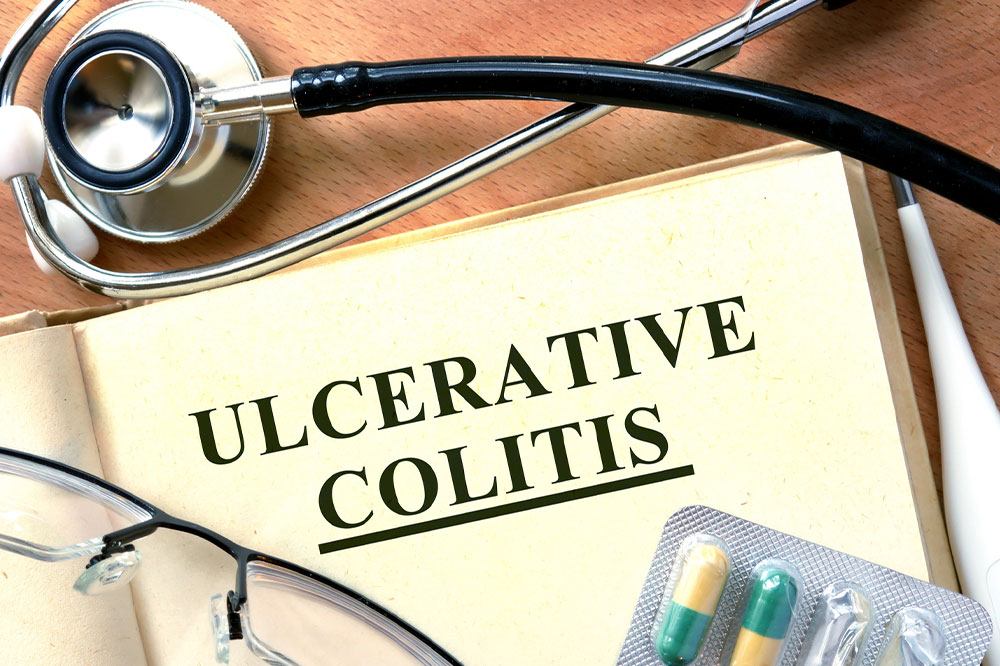13 common early warning signs of blood clots

Blood clots help stop bleeding and facilitate the repair of injured blood vessels. They usually dissolve once the healing process is complete. But sometimes, clots persist or form without visible injuries, potentially leading to health complications. Every year, almost 900,000 people are affected by this problem. Below are a few common early warning signs that can help people detect an abnormal blood clot and seek the guidance of a healthcare professional.
Early warning signs of blood clots
An intricate network of blood vessels extends throughout the human body, so clots can develop in various locations. The following early warning signs should prompt one to seek immediate expert attention:
Swelling
A blood clot may affect either veins or arteries. Both types of blood vessels are tasked with supplying blood and oxygen to and from the heart. If a clot appears abnormally in a vein, it can restrict blood flow to one’s heart and cause inflammation. The condition often causes localized swelling in an arm or leg.
Pain and tenderness
The area around the blood clot may become painful, tender, or sore. The discomfort can range from a dull ache to intense pain or leg cramps.
Redness and warmth
The skin over the clot may appear reddish or feel warm to the touch because of increased blood flow to the region. Pain, inflammation, and redness are more common in Deep Vein Thrombosis (DVT), a type of blood clot that affects a deep vein (typically in the leg).
Skin discoloration
One may see bluish or reddish skin discoloration. A change in skin color can indicate poor circulation and clot formation.
Unexplained shortness of breath
Shortness of breath can result from pulmonary embolism (PE), a condition where a blood clot travels to the lungs and obstructs blood flow, making breathing hard. If someone experiences sudden shortness of breath, they must seek immediate expert attention.
Chest pain
Although not persistent, chest pain can be a symptom of PE. This pain is often sharp and worsens when one attempts to take deep breaths or coughs.
Rapid heartbeat
Blood clots can lead to an elevated heart rate. If a person’s heart races without a clear reason, they must consider it a potential warning sign and see a doctor.
Coughing up blood
Individuals with blood clots in the lungs may experience a persistent cough, often accompanied by blood in the mucus. This symptom should not be ignored, as it may potentially become life-threatening. Bloody cough is a symptom more commonly seen in PE.
Weakness or numbness
Clots can disrupt blood flow to the affected area, causing weakness or numbness in the limb. One must always address a sudden loss of strength or sensation that can’t be attributed to other causes.
Low blood pressure and dizziness
As a blood clot lodges itself in the pulmonary arteries, it obstructs the normal flow of blood to the lungs. This interference can result in a drop in blood pressure. When blood pressure falls significantly, individuals may experience lightheadedness or even faint, depending on the clot’s severity and the extent of the blood flow blockage.
Stomach issues
Some people with blood clots in the stomach region may experience gastrointestinal issues, such as vomiting, a bloated feeling, diarrhea, or abdominal pain. These symptoms can result from reduced blood flow to the digestive organs. While stomach issues are common in many health conditions, they should not be disregarded, especially if they are sudden, severe, and unexplained.
Bloody urine or stool
Bloody urine or stool may point toward a blood clot in the stomach or kidneys. Kidney blood clots can affect the kidneys’ ability to filter and flush out toxins. They can also lead to other problems like fever, vomiting, or inexplicable leg pain.
Vision and speech problems
Blood clots can sometimes develop in the brain due to an accumulation of fatty deposits in the walls of the blood vessels around the organ. Injuries or concussions could also be contributing factors. When a blood clot affects the brain, it can result in various severe symptoms, including speech difficulties and seizures.
If a person develops any of these symptoms or notices them in someone else, they should not hesitate to seek expert attention. While the signs may not always indicate a blood clot, it is better to get checked since early detection can make a huge difference in recovery.
What causes blood clots?
Blood clots can affect anyone, but certain factors can increase a person’s risk. Here are some of these factors:
Injury or surgery
Nearly 50% of clots develop when people are in the hospital or recovering from surgery. Some treatments and therapies can also raise the risk. Additionally, injury or trauma can be a trigger for clot formation.
Prolonged immobility
Long periods of inactivity (like sitting for several hours during long journeys or being bedridden) can slow blood flow, increasing the likelihood of clots. Staying hydrated and doing simple leg exercises can help reduce this risk.
Age
As people grow older, the risk of blood clots tends to increase, partly because of age-related changes in blood vessels and the coagulation system.
Family history
A family history of Venous thromboembolism (VTE), wherein blood clots tend to form in the deeper veins of the body, can also put one at risk.
Existing health conditions
Certain health conditions, such as cancer, heart disease, and inflammatory disorders, can make the blood more prone to clotting. Conditions like varicose veins and atrial fibrillation can also disrupt normal blood flow and increase the risk of clot formation.
Pregnancy
Women who are pregnant or have recently given birth need to be cautious. Pregnancy can change the body’s chemistry, and higher estrogen levels can increase the risk of blood clots. Also, the pressure from the growing uterus can slow blood flow, especially in the legs.






